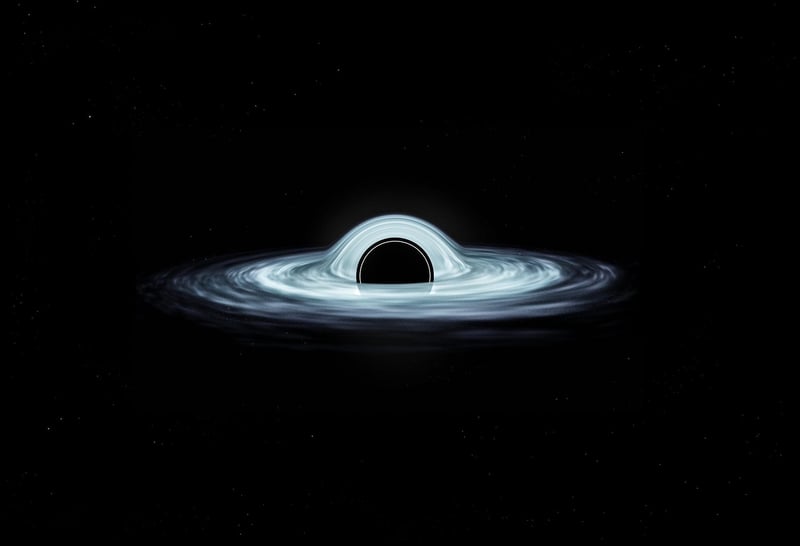Temporal Loops
Navigating Time Conundrums and Temporal Loops
Time travel has long captured the imagination of both scientists and storytellers, leading to a myriad of theories and paradoxes. Among these intriguing concepts are time conundrums and temporal loops, which challenge our understanding of causality and the flow of time itself.
Time Conundrums
Time conundrums are puzzling scenarios that arise when the past, present, and future interact in unexpected ways. One famous example is the grandfather paradox, where a time traveler goes back in time and inadvertently prevents their grandparents from meeting, thus preventing their own existence. This paradox raises questions about the possibility of changing the past and the resulting implications on one's timeline.
Types of Time Conundrums:
- Bootstrap Paradox
- Predestination Paradox
- Ontological Paradox
Temporal Loops
Temporal loops, also known as closed timelike curves, occur when an event in the future influences the past, leading to a cycle of cause and effect that repeats indefinitely. This concept suggests that time is not a linear progression but rather a closed loop where events are trapped in a perpetual cycle.
Characteristics of Temporal Loops:
- Repetition of Events
- Causal Loops
- Paradoxes
Implications and Interpretations
The existence of time conundrums and temporal loops raises profound questions about free will, determinism, and the nature of reality. While these concepts may seem far-fetched, exploring them can offer insights into the fabric of time and our place within it.
Whether as thought experiments in physics or plot devices in science fiction, the exploration of time conundrums and temporal loops continues to fascinate and challenge our understanding of the universe.

Delve deeper into the mysteries of time and unravel the complexities of temporal phenomena to expand your horizons and ponder the infinite possibilities that lie within the enigmatic realm of time travel.
